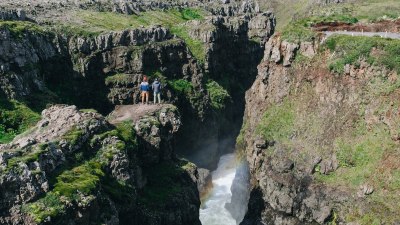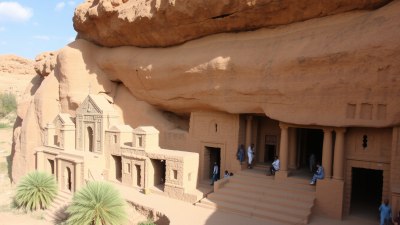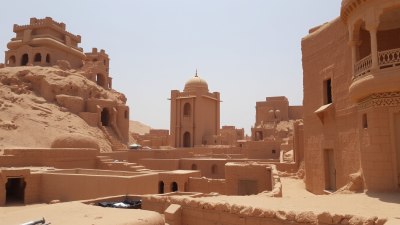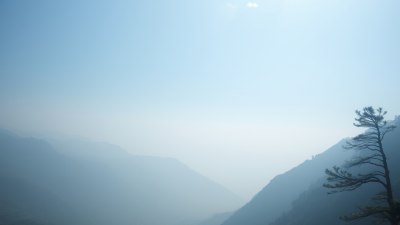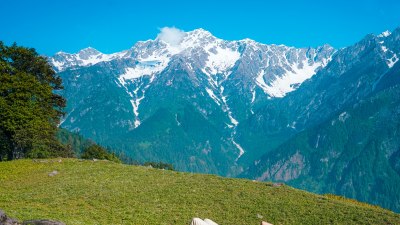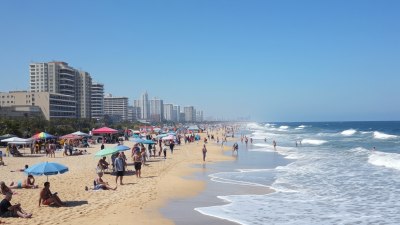How to Plan a Trip Based on Just a Random Photo
Ever seen a picture of a breathtaking place and thought, “I need to go there”? Here’s how to turn that inspiration into a real adventure—no extra details required.

This image was created with the assistance of DALL·E
Sometimes, travel inspiration strikes in the most unexpected ways—a stunning mountain landscape on Instagram, a mysterious alleyway in a movie, or a picture of a sunset over a place you’ve never heard of. But what if that’s all you have? No name, no location, just a random image? Planning a trip based on a single photo might sound impossible, but with the right approach, you can track it down and turn that moment of inspiration into an unforgettable journey.
Step 1: Identify the Location
Before you book anything, you need to figure out where the photo was taken. If the location isn’t mentioned, try using Google Lens or reverse image search to find similar images online. Travel forums, Reddit, and even Instagram hashtags can also be useful. If the photo has unique landmarks, architecture, or landscapes, compare them to known destinations to narrow it down.
Another trick is to post the image in travel groups and ask for help. Experienced travelers or locals might recognize it instantly.
Step 2: Research the Best Time to Visit
Once you know where the photo was taken, check what season or time of year offers the best experience. Some places look stunning in summer but are nearly inaccessible in winter. Others might be tourist hotspots that are better visited in the off-season.
Look up average weather conditions, peak tourist times, and any special events happening in the area. This will help you plan your visit for the best possible experience.
Step 3: Map Out the Logistics
Now that you have a destination, figure out how to get there. Check flights, train routes, or road trip options, depending on the location. If the place is remote, see if you need to rent a car or take additional transportation like ferries or domestic flights.
Next, look into accommodations. Decide if you want to stay in the heart of the action or somewhere quieter. If the photo shows a specific viewpoint or natural wonder, check how far your accommodation will be from that exact spot.
Step 4: Plan for the Same Perspective
If your goal is to capture the exact moment from the photo, find out where and how it was taken. Was it from a famous viewpoint, a hidden hiking trail, or a drone shot? Google Earth, travel blogs, and photography forums can give you clues about how to reach the exact angle.
Pay attention to time of day—some locations look best at sunrise, sunset, or even under specific lighting conditions. Plan your visit accordingly.
Step 5: Build an Itinerary Around It
Even if the photo is your main inspiration, don’t limit yourself to just one spot. Research nearby attractions, cultural experiences, and local food to make the most of your trip. Sometimes, the journey to the location is just as memorable as the destination itself.
If the spot is famous, consider alternative viewpoints or lesser-known angles to avoid crowds and make your visit unique.
Step 6: Be Ready for the Unexpected
One thing about chasing a photo—you might not find it exactly as you imagined. Weather conditions, seasonal changes, or unexpected closures might make the scene different from what you saw online. Instead of being disappointed, embrace the adventure. The best travel moments often come from the unexpected detours.
Sometimes, you’ll arrive and realize that the place looks even better in real life than in the picture. Other times, you’ll discover something completely new that wasn’t in the photo but becomes the highlight of your trip.
The Verdict: Turn Inspiration into Reality
Planning a trip based on just a single photo might seem like a challenge, but it’s one of the most exciting ways to travel. It turns your journey into a real-life treasure hunt, leading you to places you might never have considered otherwise. So next time you see a random photo that sparks your wanderlust, don’t just save it—start planning. That one image could be the beginning of your next great adventure.

